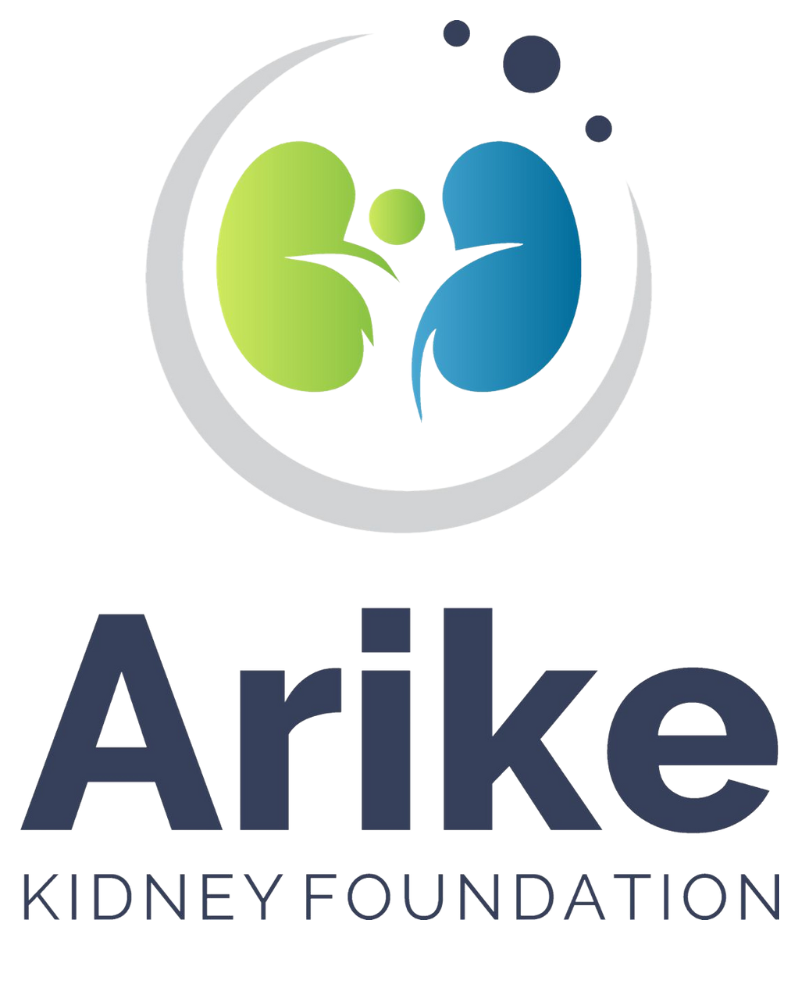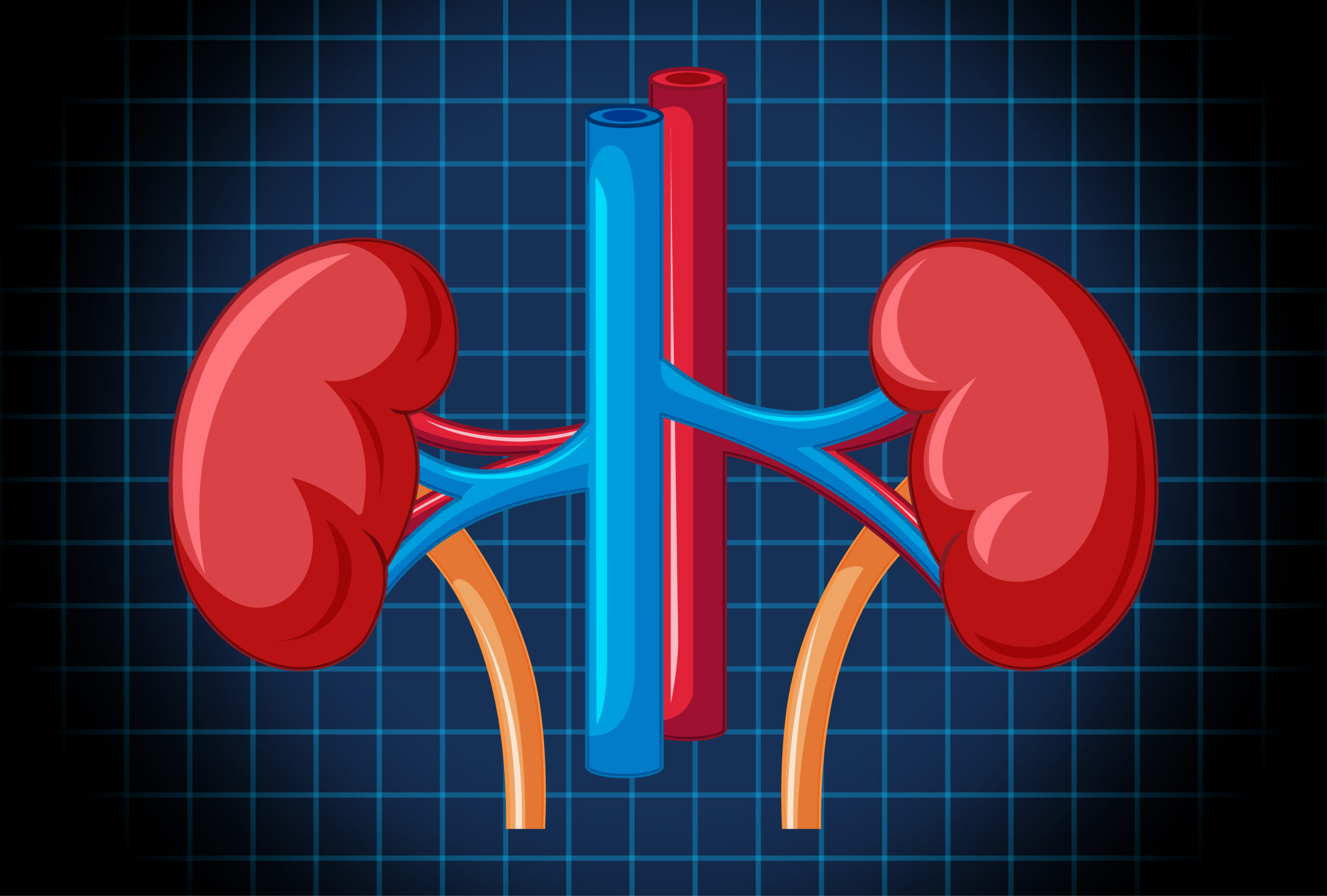To function properly, the body is made up of different organs; some we are very familiar with but others, not so familiar to us. This is probably due to the fact that we cannot readily observe them even though we know that some organ must be responsible for the functions that we can observe. Until recent times, especially in our country, the kidneys happened to be one of those organs not readily discerned. This may also be why there has been a rise in kidney problems in recent times; what you do not consciously care for will naturally fall to ruin. To curtail this, it is important to understand our kidneys, how they function and how we can keep them in good form.
The kidneys are two bean-shaped organs located beneath the rib cage, on either side of the spine. The left kidney is slightly superior in position to the right on meaning that it is slightly higher placed. The position of the right kidney makes room for the liver to be wedged above it still beneath the rib cage. The left kidney also weighs more and is slightly bigger than the right one. A kidney is approximately 3cm thick, 12cm long and 6cm wide (about the size of a fist) but these figures are not generic; they are influenced by a number of factors including gender, BMI (Body Mass Index), height, position of the kidneys, number of renal arteries and so on. This does not mean that the left kidney holds no other import nor does it mean that the left kidney is better or stronger than the right one; they are merely positioned that way. An individual can live a full and healthy life with only one kidney, whether left or right as there are no indicators that one kidney is, in any way, better than the other in functionality.
The Kidney serves as the filter for the body. It removes waste products from the blood, regulates the quantity of water in the blood eliminating the excess as urine, regulates blood pressure and maintains the proper balance of water, salts and minerals for healthy function of the rest of the body. It also produces hormones that make red blood cells and keep the bones healthy. Each kidney is made up of approximately a million filtering units known as Nephrons (the numbers of Nephrons may vary widely per individual) which contains a filter (the Glomerulus) and a tubule (a small tube-like structure). The glomerulus filters the blood, separating what is needed from what is not while the tubule returns the needed substance to the body and discards the waste; the waste and excess water become urine and are sent to the bladder.
When the kidney develops a problem with carrying out its functions properly, it begins to allow wastes into the blood that flows back into the bloodstream. You can picture this as a sieve losing its effectiveness; it will allow the substances that it is supposed to trap, to get away. In the case of the kidney, these harmful substances that are supposed to be eliminated from the body, since they are not useful, will return to the bloodstream and be fed to the heart. At the beginning of this problem, it may not be apparent that a person is suffering from kidney failure but, over time, the wastes and excess water continue to build in the system giving rise to more and more toxins in the blood stream. This condition is known as Uremia and can give rise to several different conditions including weak bones, malnutrition and nerve damage and is a symptom of end stage kidney disease. Some health conditions may also trigger kidney failure including but not limited to High blood pressure, Diabetes, Kidney infections and Kidney cysts.
REFERENCES
- Newman, T. (2023, January 5). Where are the kidneys located, what do they do, and what do they look like? https://www.medicalnewstoday.com/articles/305488
- Small or Single Kidney. (n.d.). National Kidney Federation. https://www.kidney.org.uk/small-or-single-kidney
- Your Kidneys & How They Work. (2023, February 28). National Institute of Diabetes and Digestive and Kidney Diseases. https://www.niddk.nih.gov/health-information/kidney-disease/kidneys-how-they-work
- Johnson, S. (2018, September 17). Kidney Health and Kidney Disease Basics. Healthline. https://www.healthline.com/health/kidney-disease#What-is-kidney-disease?
- Uremia: Complications, Causes, Symptoms & Treatment. (n.d.). Cleveland Clinic. https://my.clevelandclinic.org/health/diseases/21509-uremia

